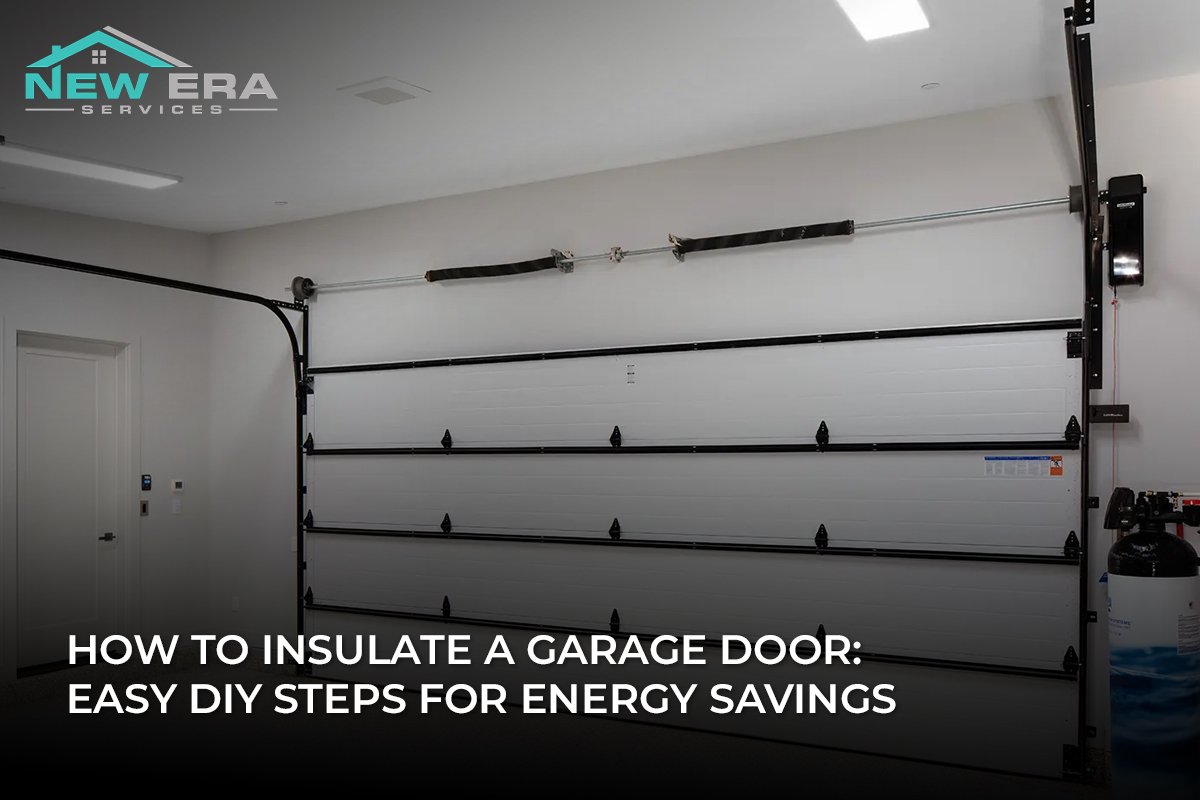How to Insulate a Garage Door: Easy DIY Steps for Energy Savings
Your garage might be a weak spot. Hot air leaks out in winter. Cool air disappears in summer. That space can mess up your home comfort. Want a fix? Start with this guide on how to insulate a garage door. It’s cheap, fast, and smart. You do not need a pro, just your hands and a free day. We’ll walk through it step by step. You’ll pick the right gear, cut the panels, and seal the heat in. If you want lower bills and more comfort, let’s get started now.
Step 1: Know Why It Matters
Before grabbing tools, it helps to know the energy savings you’ll see. Garage air leaks cause stress to heaters and coolers. That raises power use and shortens machine life.
Good garage door insulation helps with:
Temperature control year-round
Better air hold for homes
Lower bills each month
Quieter space inside and out
It also adds climate control to your work zone or car bay.
Step 2: Choose the Right Material
Now, let’s talk types. Not all padding is equal. The best way to insulate a garage door depends on what fits your space, time, and skill.
Common picks:
Foam board insulation (easy to cut and fit)
Fiberglass insulation batts (soft and warm, needs clips)
DIY garage door insulation kits (comes pre-cut with all parts)
Each has pros, but the foam is neat and firm. Great if you want clean lines and simple work.
Step 3: Learn Insulation R-Values
Want to go smart? Learn about insulation R-values. R means how well it blocks heat. More R = better hold. For doors, aim for R-6 or higher. If you use your garage often, pick R-8 or more. It keeps your space steady, day and night.
Step 4: Check the Door Type
Is your door made of wood or steel? That shapes how you cut and hold each panel.
Wooden garage doors often need deeper padding
Metal garage doors may have shallow rails, fit foam better
Know what you have. That helps you pick the gear that holds best.
Step 5: Get the Tools and Gear
No work starts right without the right gear. You need a short list of tools that help with cutting and holding.
Grab these first:
Sharp knife
Ruler or tape
Double-sided tape
Retainer clips
Gloves and dust mask
Flat scraper or putty blade
With these on hand, you’re set to build.
Step 6: Cut Each Panel Clean
Lay the foam or pad flat. Place the panel rail on top and trace the shape. That’s your mark. Now, start cutting insulation panels one at a time. Use a sharp blade. Press slow. Clean lines matter here. You want each panel to snug-fit into the gap. This step saves time later. You won’t need to trim much if done right now.
Step 7: Place the Panels with Care
You’re now ready for the big move. Start installing insulation panels from the top. That keeps the balance and stops early sag. Use double-sided tape or glue tabs. Press firm. Then, add retainer clips to hold each pad. If the clips need holes, make small ones with care. Press each piece in place. Tug it once to make sure it’s snug.
Step 8: Seal It Tight and Test
Once all panels sit firm, close the door. Look at the edges. Check for air leaks or open ends. You want no light leaks or gaps. If you see one, add thin strips of foam to close the hole. Now open and close the door. If the foam shifts or bends, refit the panel or move the clip.
Add-On Tips for Even Better Hold
Want a pro feel? Here are more tricks.
Wipe down the door before tape use
Mark each panel slot with a pen
Use a scraper to press tape flat
Cover seams with extra tape if you must
For a better seal, add trim at the base
These tips help make your garage door insulation last for years.
Get It Done, Save Right Now
You’ve got the tools as well as the plan. Now you know how to insulate a garage door in your space. You’ll feel the heat stay in. And your bill? That drops, too. Want help with installation or full seal work? Our workers are highly experienced in providing garage door insulation and resolving repair issues. In case of need just contact us.
Read: 13 Types of Garage Doors
Conclusion
You just learned the full plan on how to insulate a garage door. You saw the tools, types, and steps to take. You picked the pad, cut it clean, and locked it in place. From foam board to fiberglass insulation batts, the right move helps you with temperature control and energy efficiency garage door results. Your wood or metal garage doors now hold in the air and block the chill. One smart job leads to comfort, peace, and less stress on your home.

